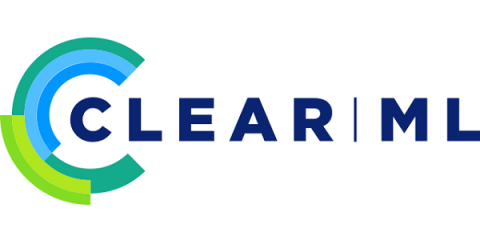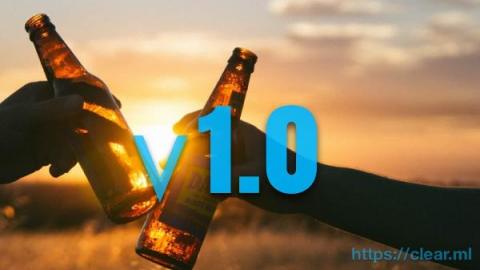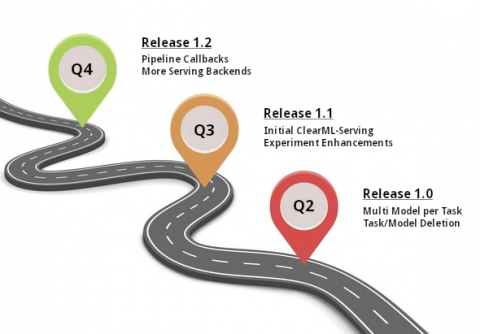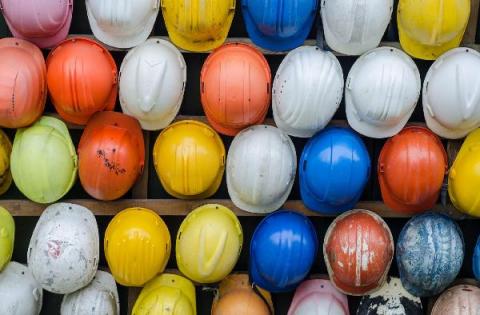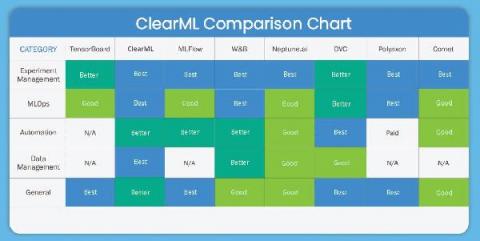DataStore vs FeatureStore
I think it’s safe to say that one of the worst things in Machine Learning is the terminology. The maths and statistics are definitely part of the learning curve, but more than that, it feels like you are learning a new language. In some ways, you are. DataStore and FeatureStore are two of the current buzzwords that people are trying to understand. To be fair, DataStore and FeatureStore feel like family rather than strangers.


